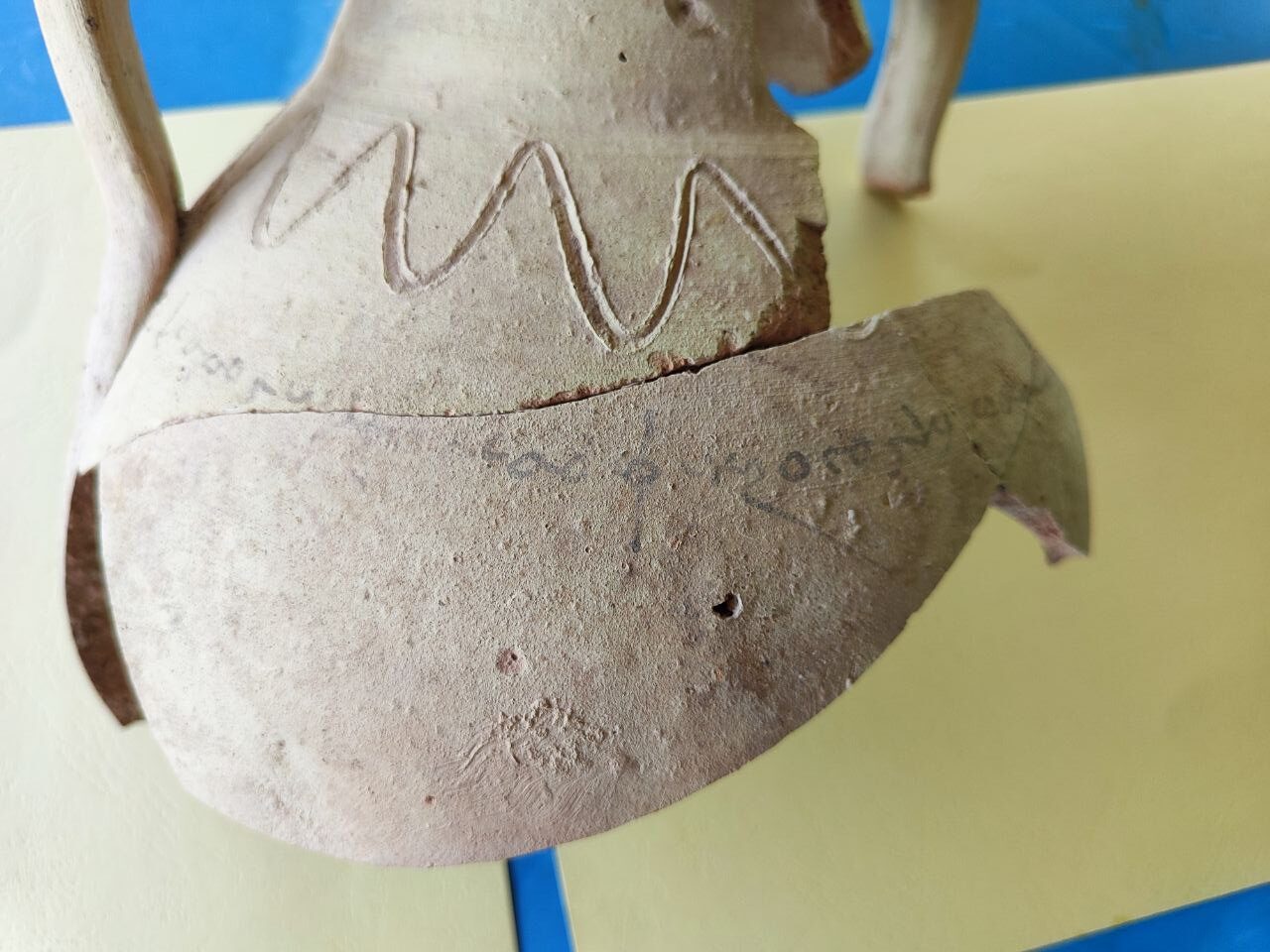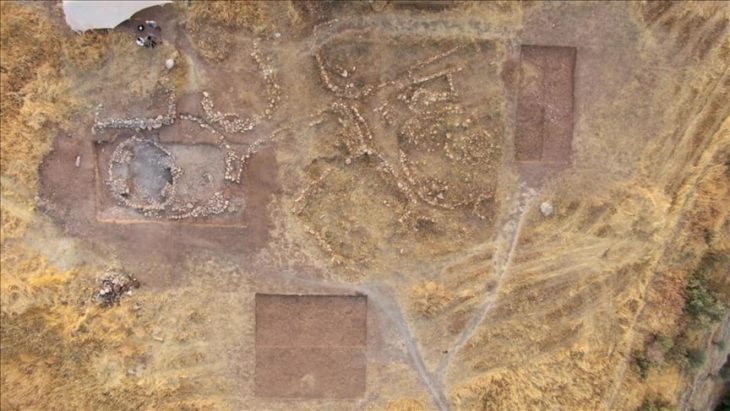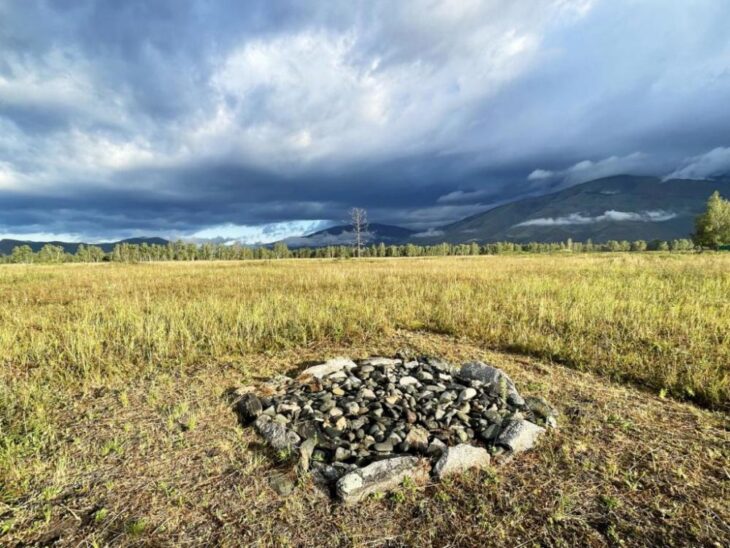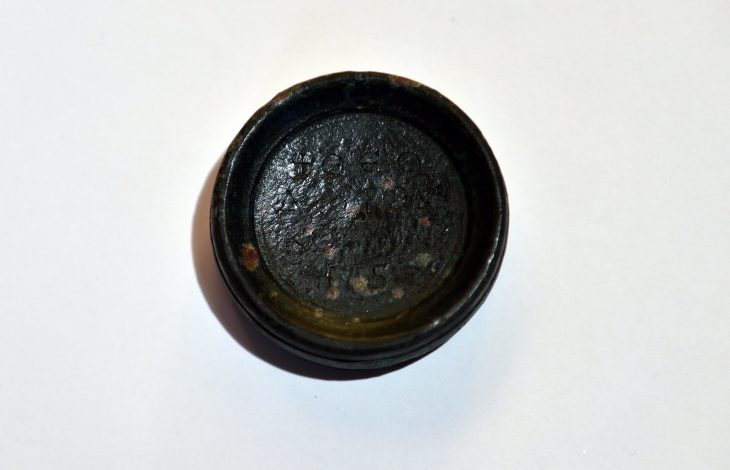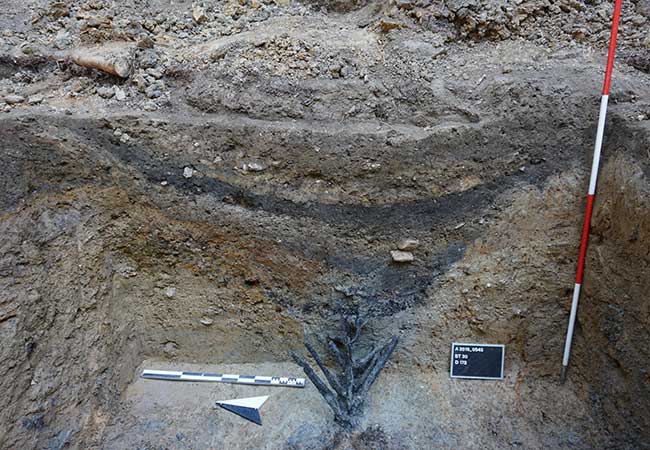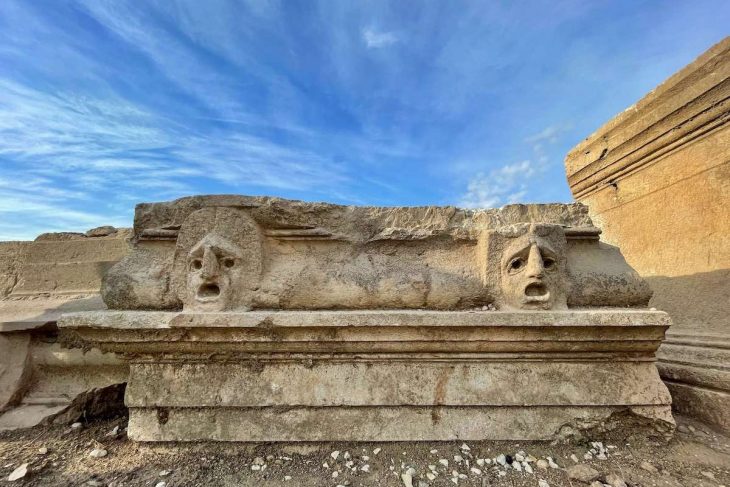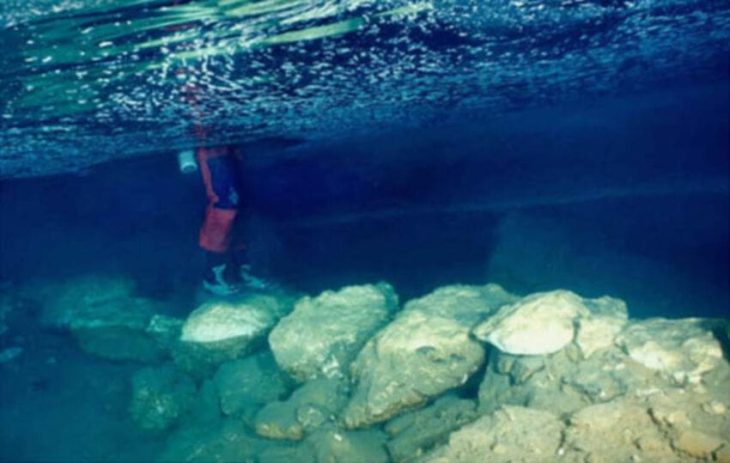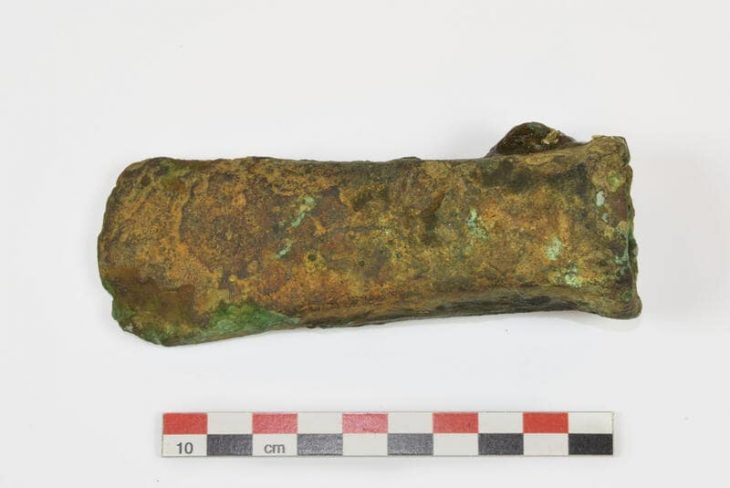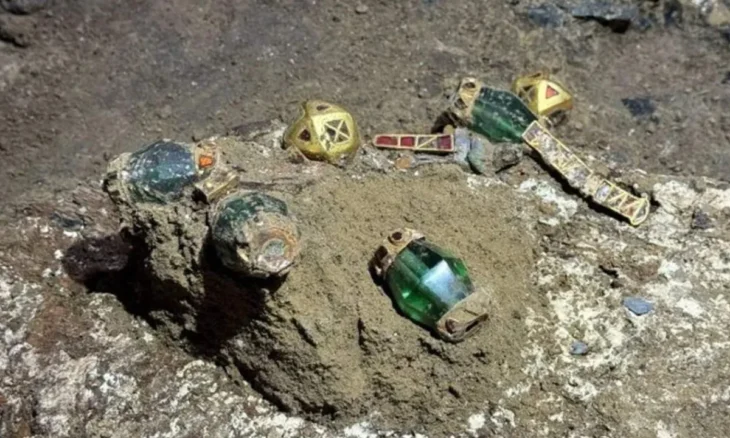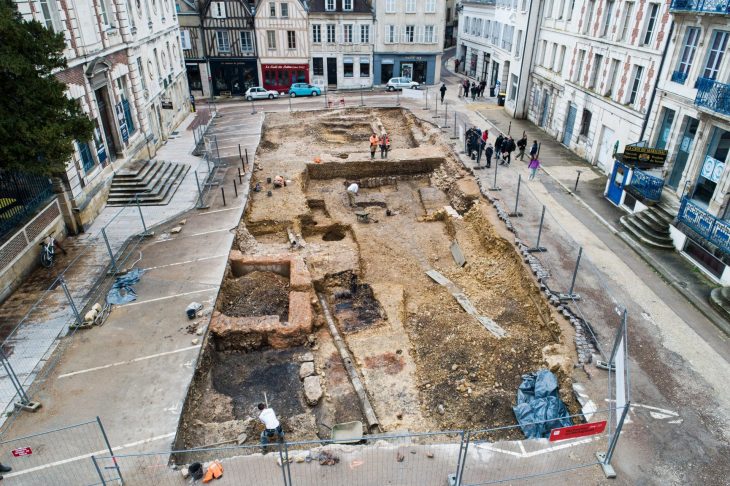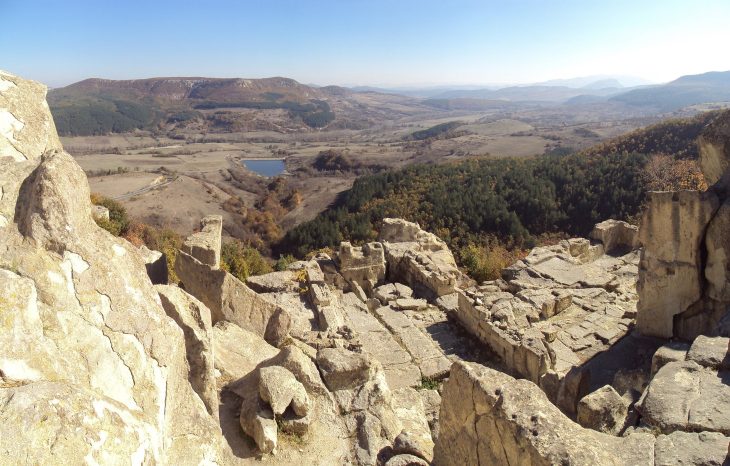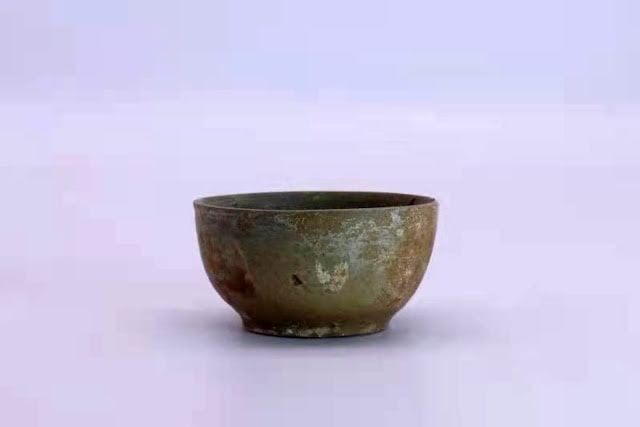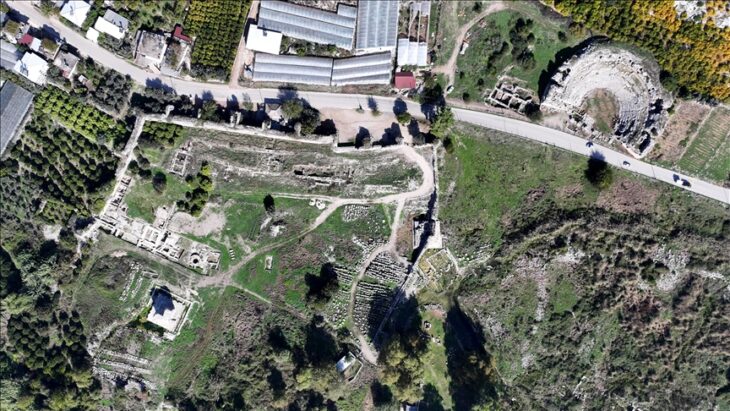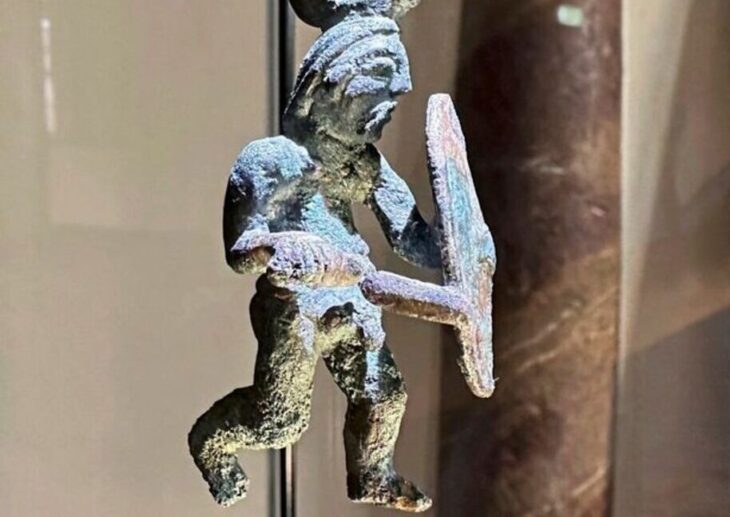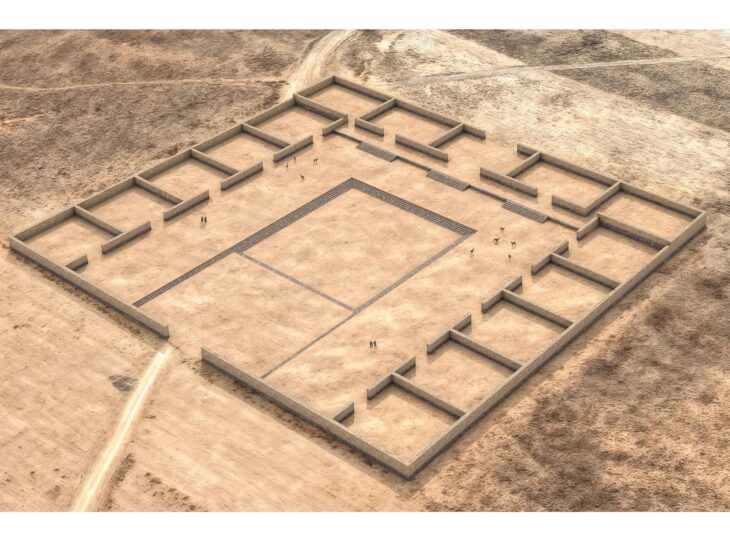In a discovery of rare historical and cultural significance, archaeologists in southern Tajikistan have uncovered a 2,000-year-old clay jug bearing a personal inscription that names its female owner: Sagkina.
Unearthed at the Khalkhajar archaeological site near the village of Sarband, the two-handled vessel dates to the Kushan Empire (1st–3rd century AD), a powerful state that once spanned much of Central and South Asia. The find, announced by the National Museum of Tajikistan, is being hailed as a major breakthrough in understanding the lives of ancient women in the region.
“This Water Jug Belongs to the Woman Sagkina”
The jug’s inscription, written in the ancient Bactrian language using a variant of the Greek script, reads:
“eiado gō(l)z[o ]sido finzo sagkino ol(o) mo(.)”
Translation: “This water jug belongs to the woman Sagkina.”
Experts say this is the second globally significant Bactrian inscription found by Tajik specialists, and one of very few examples explicitly linking an everyday object to a named woman from the ancient world.
📣 Our WhatsApp channel is now LIVE! Stay up-to-date with the latest news and updates, just click here to follow us on WhatsApp and never miss a thing!!
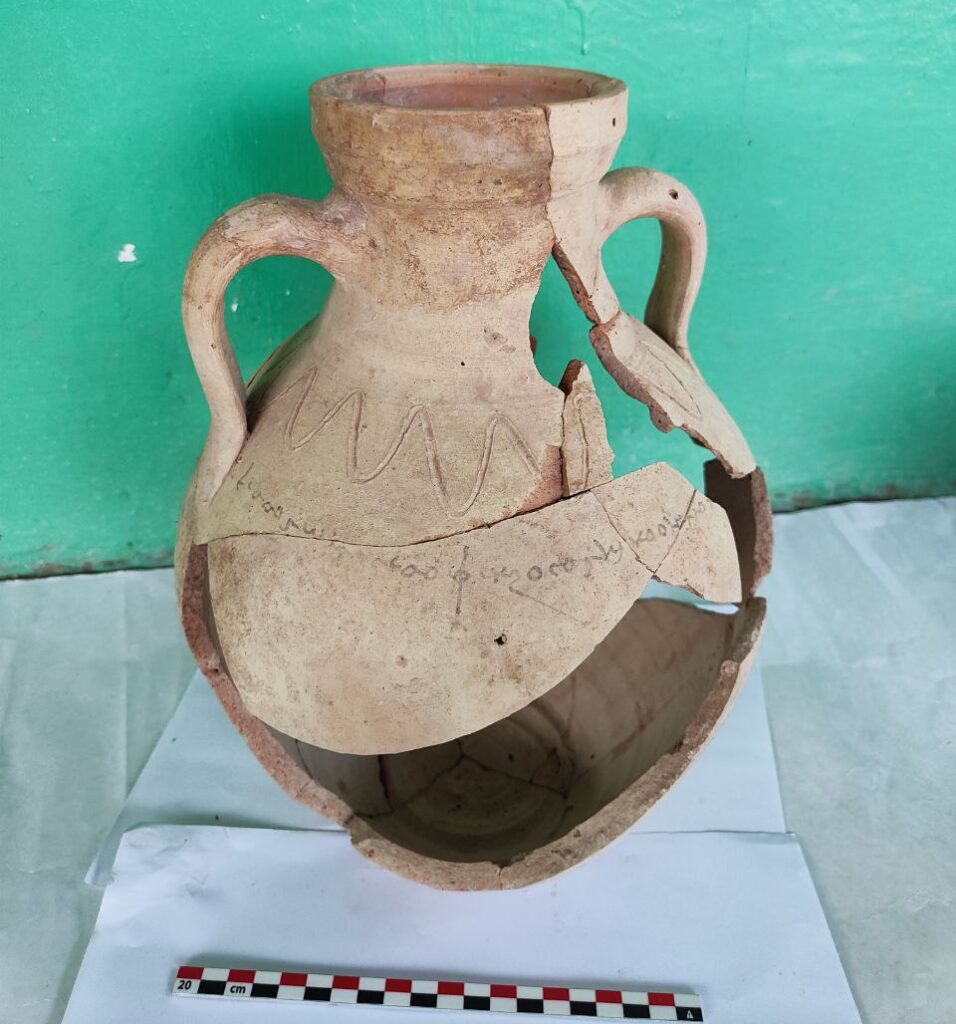
The text was deciphered with the help of leading scholars Nicholas Sims-Williams and Joe Cribb, both renowned for their work on ancient Eastern Iranian languages.
Women’s Identity and Ownership in the Kushan World
The name Sagkina, and the act of labeling a personal item, offers invaluable insight into gender, literacy, and property rights during the Kushan era. It suggests that women in this society not only had identities recognized by name, but may also have held ownership over household items.
“This artifact offers something deeply personal and human,” museum officials said. “It tells us that 2,000 years ago, women like Sagkina were acknowledged, named, and possibly literate.”
The Discovery Site and Historical Context
The excavation began on May 20, 2025, led by archaeologist Mirali Zamon Karimdodzoda, head of the museum’s archaeology and numismatics department. Alongside the jug, remains of ancient clay and brick architecture, including painted interior walls, were uncovered—painting a vivid picture of Kushan domestic life.
The Kushan Empire, which flourished across modern-day Tajikistan, Afghanistan, Pakistan, India, and Uzbekistan, played a pivotal role in trade, culture, and the spread of written languages in the region. The Bactrian script was central to its administration and is key to reconstructing the empire’s historical narrative.
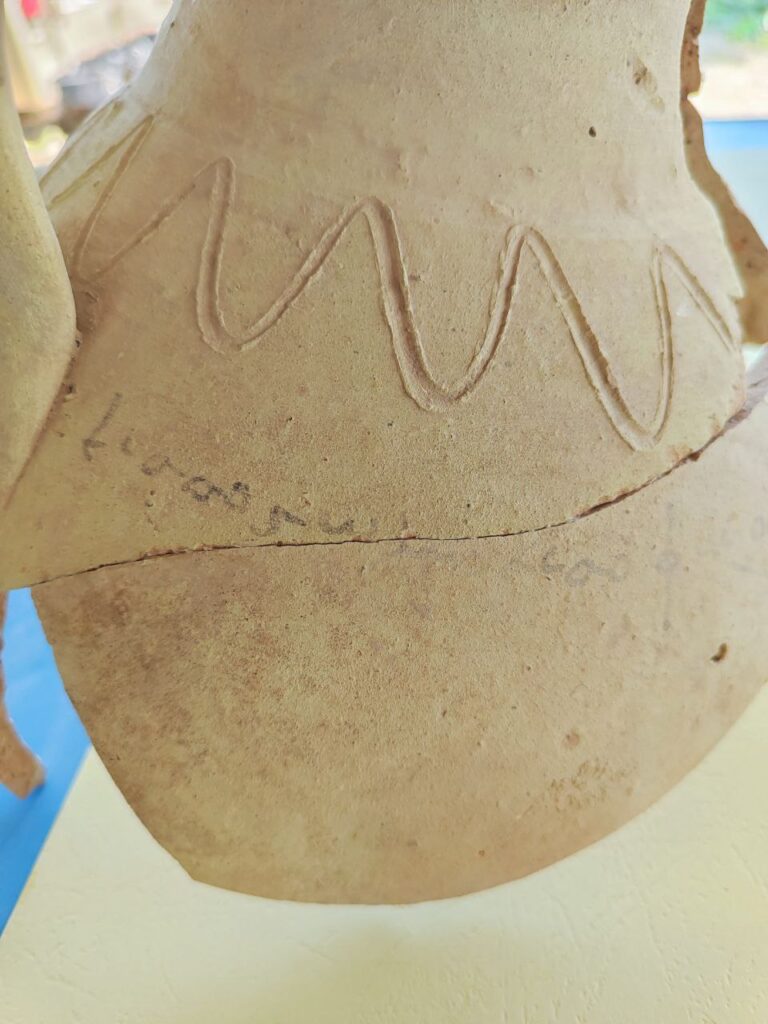
Preservation and Exhibition
The jug was found in fragments and has been carefully restored. Due to the completeness and clarity of the inscription, it is considered a priceless artifact for both historical linguistics and cultural studies.
The National Museum of Tajikistan plans to feature the Sagkina jug as a highlight in its upcoming exhibition on the Kushan era, aiming to showcase the personal stories hidden in ancient artifacts.
Cover Image Credit: National Museum of Tajikistan

